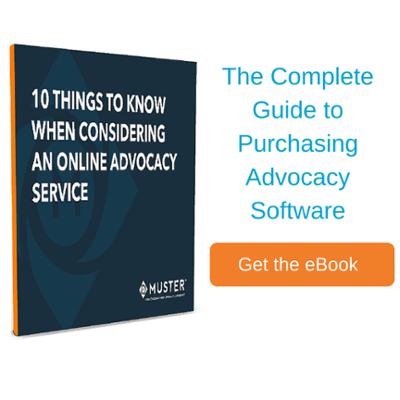
Fundraising. Let’s be honest -- fundraising can be difficult, it can require many phone calls and serve up a fair amount of rejection. You may have to reach out to potential nonprofit donors while they are at home or at work, and ask them to donate when they would rather not be on the phone with you. It can be a very impersonal and machine-like process if handled incorrectly, and one that can influence how your nonprofit donors percieve your organization. However, fundraising is often vital to sustaining an effective nonprofit organization. To this end, a creative and strategic approach approach to fundraising is necessary.
With new technology tools and other digital developments, fundraising is no longer solely dependent on the quantity of calls. Now, effective fundraising relies on how you present the importance of your nonprofit’s mission to your donors. Whatever the cause you’re advocating for, it is important. Explain to your nonprofit donors why it’s important through stories and statistics-- not through a scripted phone call. Invite your supporters to explore your website, engage them with informative content. Essentially, let them come to you. For this to be successful, you must inspire. Here are a couple of ways to alter your fundraising efforts in order to increase the amount of nonprofit donors that you have, and how much each of them contributes.
1. Resonate with your nonprofit donors on an emotional level.
People are willing to donate their money if it goes to a good cause that they believe in. If you spread your message with quality content and appeal to people’s emotional decision-making process, you have a better chance of inspiring them to donate (just make sure that online donate button on your website is close by)
 2. Use data.
2. Use data.
Using data to support your "nonprofit donation ask" will add credibility to your request and influence your donors’ decisions. Let’s say your nonprofit is dedicating to protecting an endangered species. You could say: These Animals are on the Brink of Extinction. The problem with this message is its intangibility. “Brink of extinction might mean different things to different people. However, if you use data to suggest that “The Population of This Animal has fallen by 26% each year and Will Be Extinct in Three Years Without Your Help”, people will be able to picture the importance and the immediacy of this issue. Data is a fantastic resource, and it can help you both attract more donors to your cause, and inspire them to donate more money.
3. Realize the power of Donor-Advised Fund (DAF).
A Donor-Advised fund is a special account in which donors can put money into at any time and grant money to their charity of choice whenever they’d like. The reason why DAF’s are so appealing is that they donor receives an immediate tax break when they put money into it. Between 2012 and 2013, the amount of charitable donations increased by 27%. Currently, there are over 230,000 DAFs in existence, and they hold total assets worth over $70 billion. This allows donors to not feel pressured at the end of every year to remember to donate. Rather, it gives them the opportunity to make a donation strategy over time. If you appeal to donors who hold DAFs, it will be a great long term source of monetary contributions. Learn more about DAFs here: http://www.nptrust.org/what-is-a-donor-advised-fund/
To read about why nonprofit donors may stop donating, read our blog post here.
